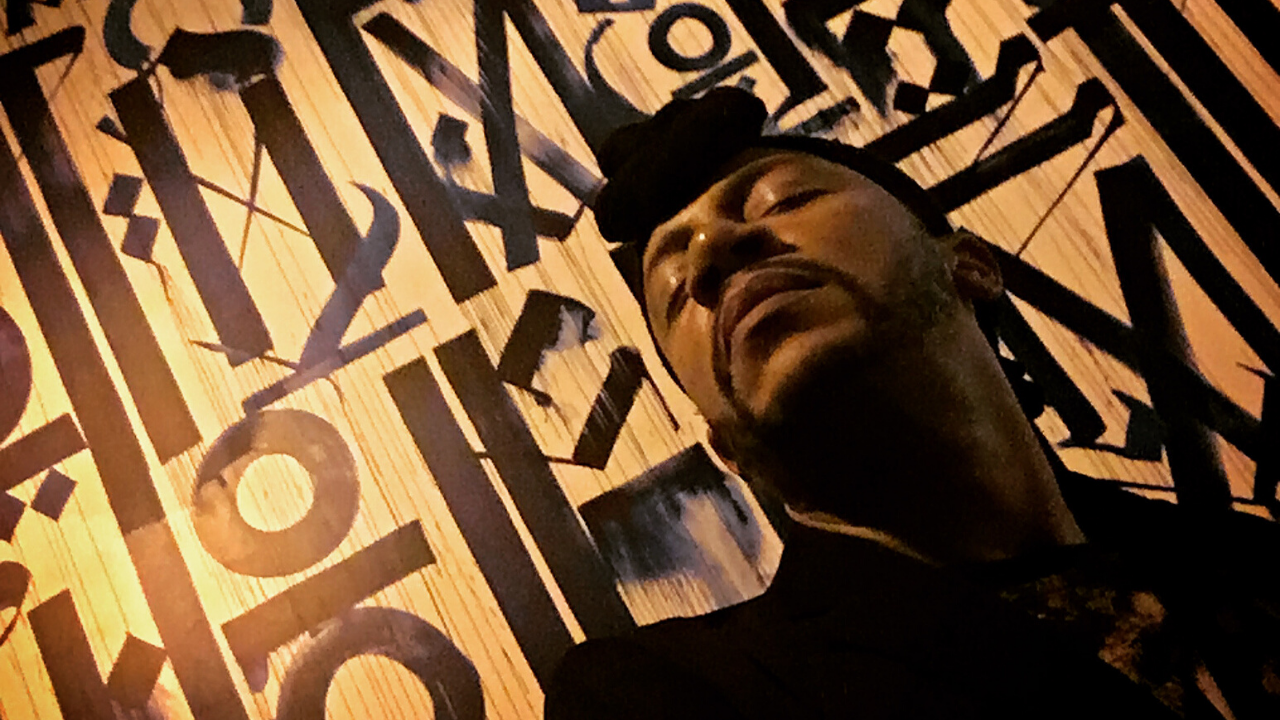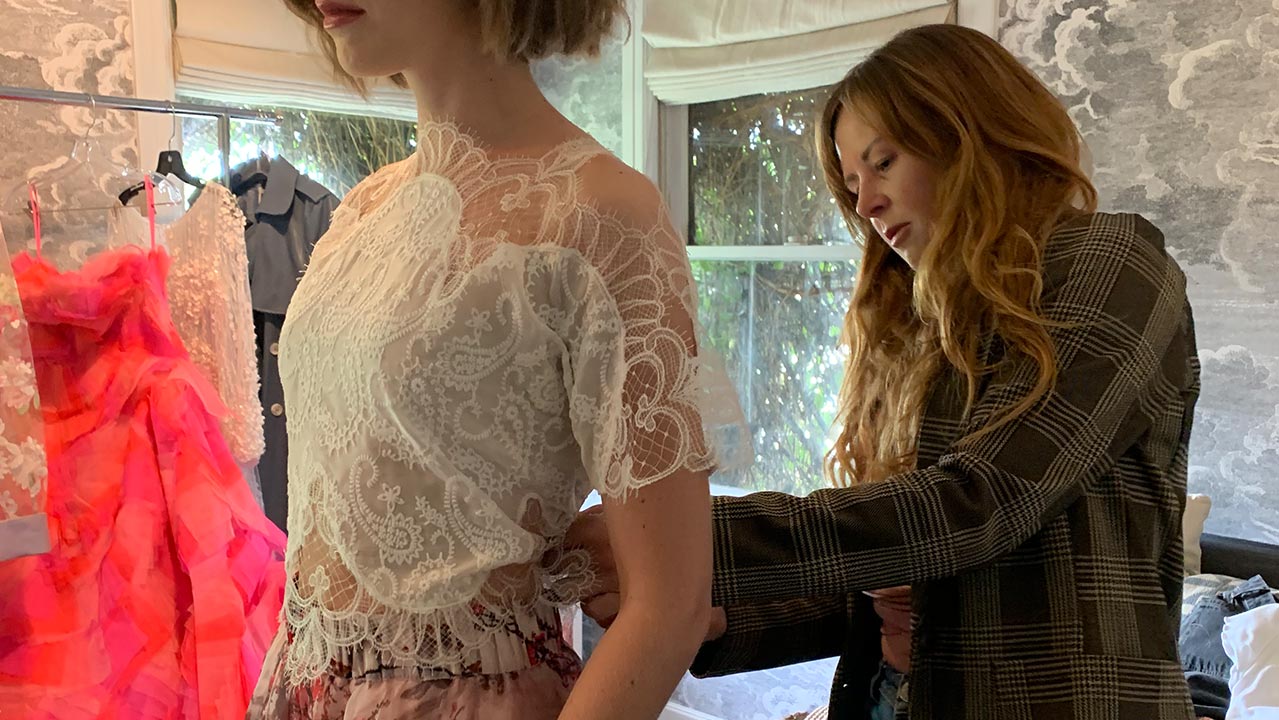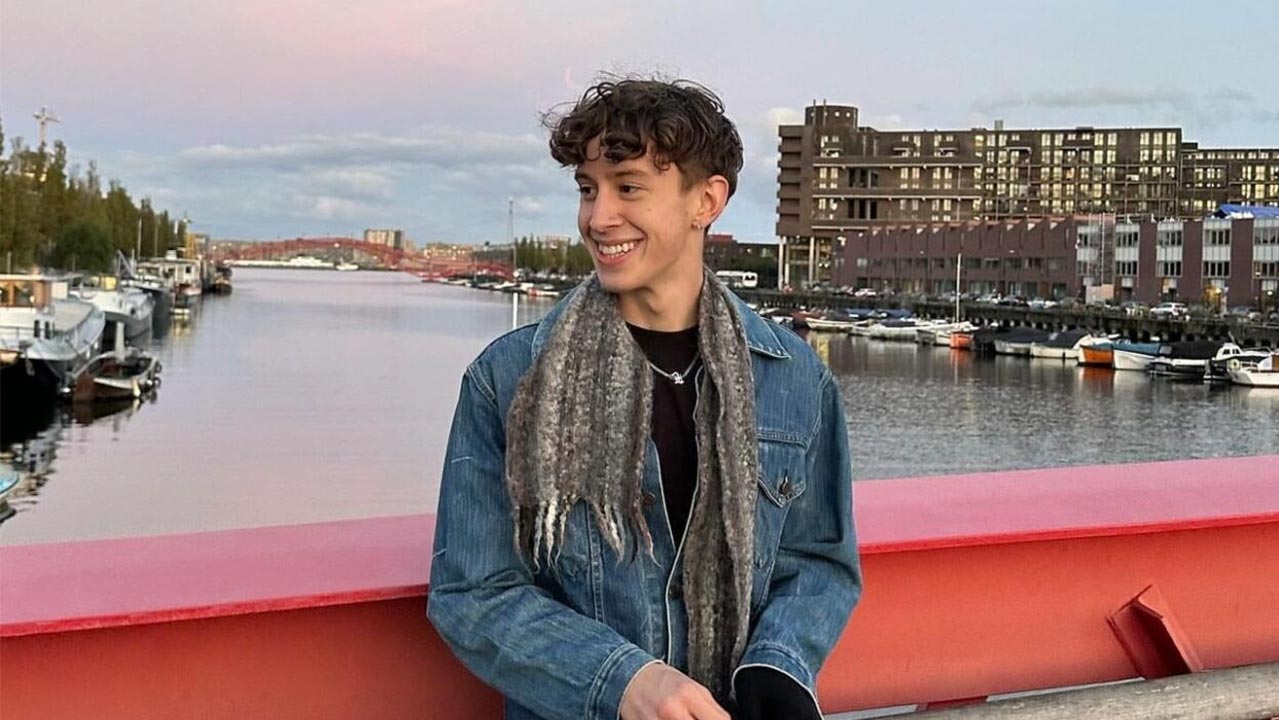
Alumni
DEBUT Student Designs Emperor, Pang, and Prince Costumes For Turandot
Recently featured in WWD, Devert Monet Hickman first earned his A.A. Degree in Fashion Design before enrolling in the Advanced Study Theatre Costume Design Program where he designed costumes for the Italian opera, Turandot, for the DEBUT Runway Show. Prior to FIDM, Devert had a twenty year career in performing arts, traveling the world and performing with Cirque du Soleil, Radio City Music Hall Rockettes, and Disney's The Lion King. We caught up with him to learn about his design process, inspiration, and career goals.
Why did you choose FIDM? I chose FIDM strictly because of attending the DEBUT Runway Show that was held at the Barker Hangar, Santa Monica. Not only was the show absolutely spectacular, but there was a Theatre Costume portion that was in my wheelhouse. I went on to attend the show for another year with more guests in tow, and proceeded to inquire about enrollment into the program.

Describe your costume designs created for Turandot, for DEBUT: All of the designs were inspired by fusing Erté with ancient Chinese dynasty dress.
Majordamo Pang: This character provides the comedic del arte of the opera and he is one of three suitors to Princess Turandot; Ping and Pong being the others. Pang's fabrics include rich brocades and intricate jacquard weaves that evoke an "Erté-esque" architectural flow to his costume. His headpiece is finished with giant pheasant feathers that provide an eye-catching movement while on-stage.
Emperor Altoum: This character is Princess Turandot's father and is designed as being almighty. I exaggerated the proportions of shoulder to waist by creating an image of him always appearing to be sitting upon a throne. His costume consists of seven different styles of jacquard/brocade fabrics and beading. An Erté image of the sunset is painted on his cape in representation of the rise of the Asian sun dragon.
Prince Calaf: This character is in love with Princess Turandot and desperately wants to marry her. Turandot requests difficult riddles to be answered before his wishes are granted. I designed his costume by using the colors of the peacock and created a traditional twist on the ancient Chinese robe.
Deep blues, magenta, greens, turquoise, and bright lime stage shantung. You will see a hand painted peacock and beading along his shoulder cape.
Male and Female Court Dancer: These characters are the Royal Court dancers. The fabrics are strictly made from stage shantung and are completely draped 100% on the bias. This allows for grande movement of the fabrics and a range of motion suitable for a dance. Colors consist of golden yellow and royal blue bias cuts, accompanied with black trims.
Tell us about your design process for this project -- the research you did and what inspired you: For me, Nancy Riegelman was an integral part in the research process for the opera. She encouraged me to create intimate design aspects that were unique to my take on the characters. I mixed 3-4 different cultures into some of my designs and forced the boundaries of research out of just the computer. Museums, nature, ancient photographs, and street images were integral research outlets. I truly miss her and will forever keep the influence she had on me for the rest of my career as a costume designer.
What was the most challenging part of the process: Time management! It was extremely complicated to keep on track with all of the designs at once. Although, we started each of them at different times; they would overlap from still being in process of completion. In the real world of costume design, you are just that—the costume designer. In our case for DEBUT, we were—drumroll please—costume designer, draper, illustrator, millinery, crafts, stitcher, etc. We wore all of the hats.
What is your favorite costume (or favorite design detail)? My most favorite design aspect was rendered in my final illustration of the character but was not able to be finished because of the Covid-19 pandemic. It is a detail that is hand beaded and sewn into the feathers of the peacock of Prince Calaf. Towards the end of the opera, Princess Turandot is challenged to guess the name of Prince Calaf. Unknowingly to her, if she truly looked at him for the love he was, she would have spotted his name hand-bugle-beaded in the beauty of his costume.
No one could have imagined this global pandemic, and how it would affect our community. How are you supporting your fellow classmate designers or comforting yourself during this difficult time? One of my classmates and I have been in contact with each other during this pandemic. We send each other images of personal inspiration or full length shows with costumes that are sensationally designed by our dream designers. All in hopes to keep us inspired while our theatres are dark.
What creative projects are you working on right now? I am using this time to continue with my passion of bugle beading and rhinestoning all types of mediums at home. Clothing, headpieces, artwork, etc. I am almost finished stoning a stag horn animal head!
What advice do you have for someone thinking about applying to FIDM's Theatre Costume Design program? If you are an exceptionally creative and visual storyteller through fashion/costume, then this is the program for you.
What is your biggest goal right now? Although the Theatre Costume program has provided me with a plethora of education, I want to have the time to gain experience in the theatre world hands-on. I would like to assist a well-known and successful designer while learning everything possible to create my own show confidently. I want to WORK!
Keep up with Devert Monet Hickman on Instagram @cross_x_culture.
Categories: Fashion Design Theatre Costume Design Alumni Student




